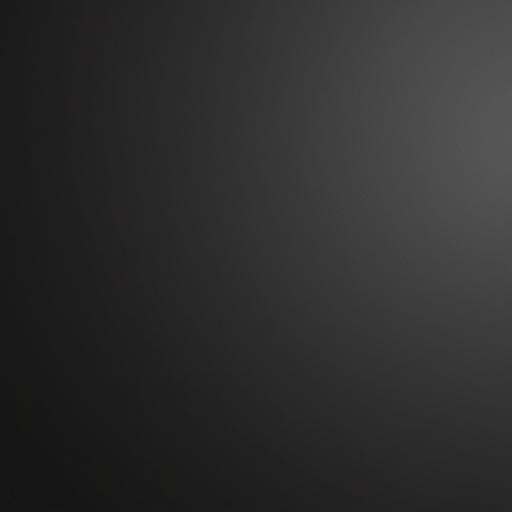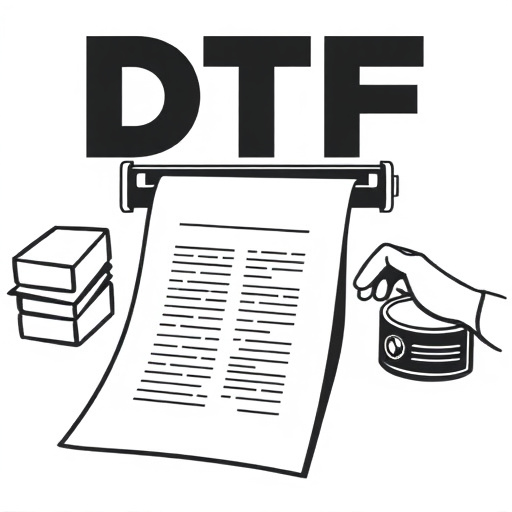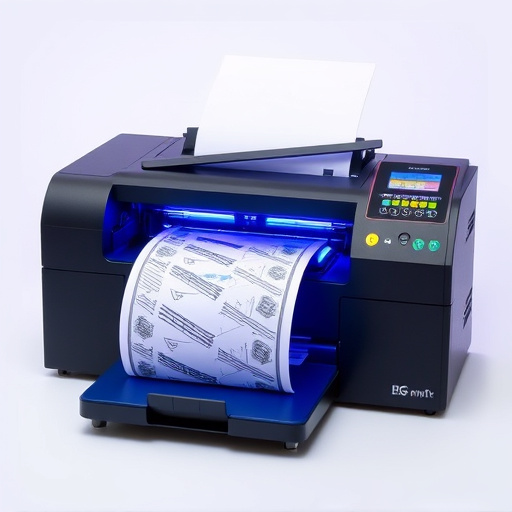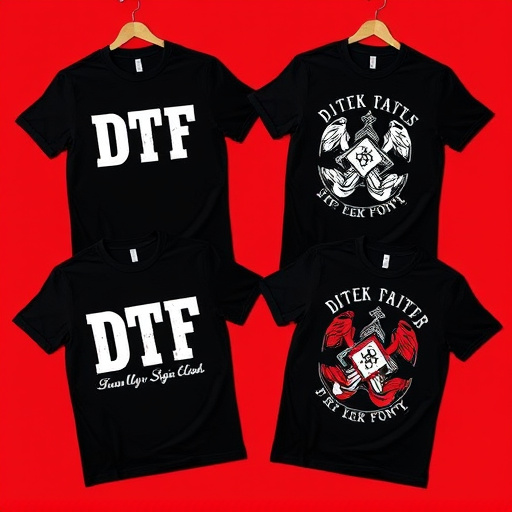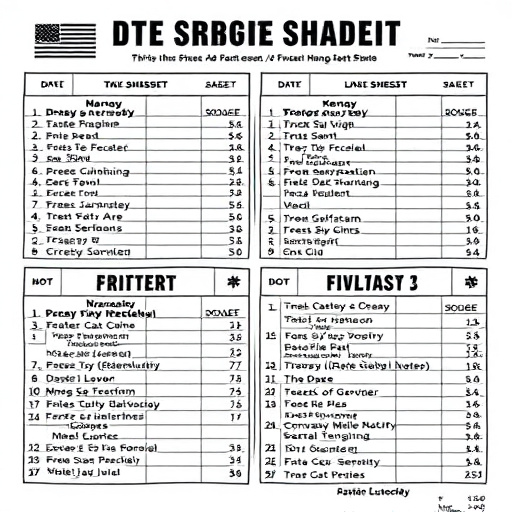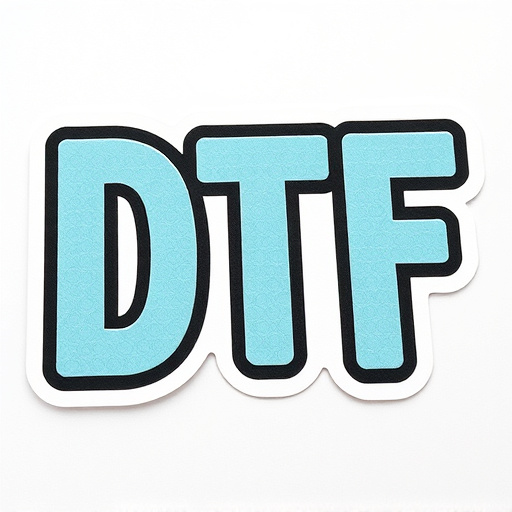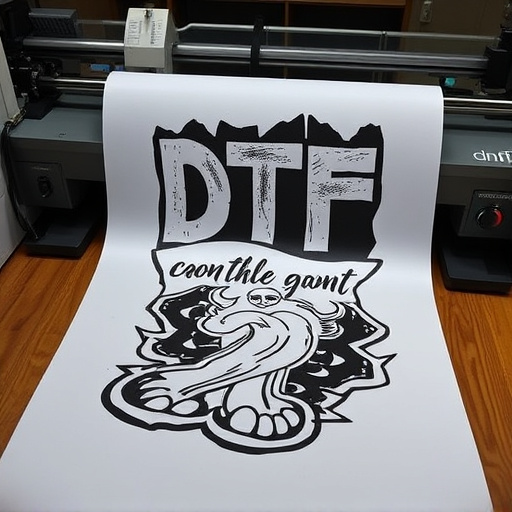DTF Transfer Sheets are transforming printing with their versatility, precision, and ability to create detailed designs on diverse surfaces like textiles and metals. Direct to Film (DTF) printing ensures crisp lines and vibrant colors directly on the film before transferring it. Suitable for professionals and hobbyists, these sheets allow for unique, personalized products and accessible cold peel transfers for flawless results. Strategic layout techniques, effective use of negative space, and optimal color choices unlock creative possibilities, especially beneficial for clothing brands designing intricate logos on dark fabrics. Best practices like consistent layouts, grid lines, high resolution (300 DPI), and proper file formats (SVG/EPS for complex, PNG/JPEG for simple) ensure accurate cutting and placement during the transfer process.
Looking to maximize efficiency in your data transfer process? Dive into the world of advanced layout tips for custom DTF (Data Transfer Format) transfer sheets. This comprehensive guide explores the customization potential of DTF sheets, unlocking techniques that ensure seamless and accurate data movement. From understanding the basics to implementing best practices, we equip you with strategies to enhance design, optimize layouts, and streamline workflows. Master the art of DTF sheet creation for improved operational effectiveness.
- Understanding DTF Transfer Sheets and Their Customization Potential
- Unlocking Advanced Layout Techniques for Optimal Data Transfer
- Best Practices and Tips to Enhance Your DTF Sheet Design
Understanding DTF Transfer Sheets and Their Customization Potential
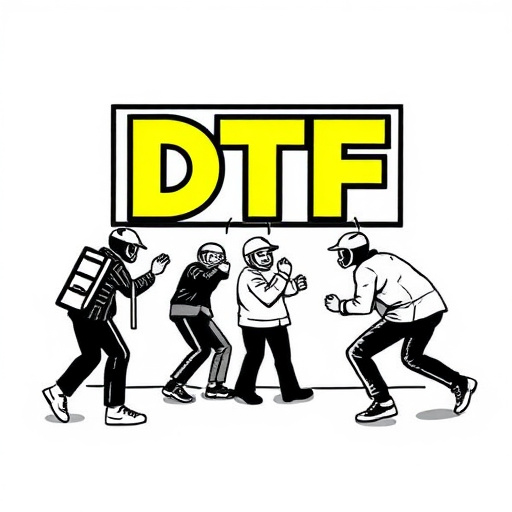
DTF Transfer Sheets are a cutting-edge technology that allows for precise and detailed printing on various materials, from textiles to metals. These sheets offer a unique customization potential, enabling users to create intricate designs with ease. With DTF, or Direct to Film, printing, you can say goodbye to complicated setup processes and hello to efficient, high-quality transfers. This method directly applies the design to the film, which is then transferred onto your desired surface, ensuring crisp lines and vibrant colors.
Whether you’re a professional graphic designer or an enthusiastic hobbyist, the versatility of DTF Transfer Sheets is undeniable. Customizing these sheets allows for the creation of unique, personalized products, from custom clothing to one-of-a-kind accessories. With the right best dtf printer, achieving flawless results with cold peel dtf transfers is within reach. This innovative technology not only streamlines the design process but also opens doors to a world of creative possibilities, making it a favorite among those who seek both quality and convenience.
Unlocking Advanced Layout Techniques for Optimal Data Transfer
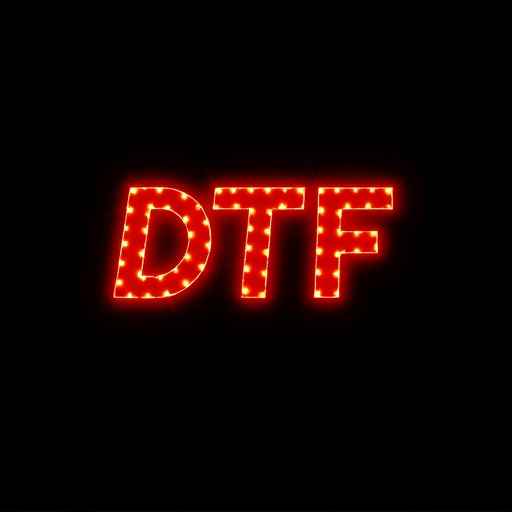
Unlocking advanced layout techniques for your DTF Transfer Sheets can significantly enhance the efficiency and quality of your data transfer process. By employing strategic designs, you can ensure that information is conveyed accurately and effectively, especially when dealing with intricate patterns or detailed logos. These techniques are particularly valuable for clothing brands aiming to create custom designs on various fabrics using DFT (Direct-to-Fabric Transfer) printing methods.
For instance, leveraging negative space and clever positioning allows for the creation of visually appealing compositions, making complex logos DTF-friendly. Additionally, understanding color theory is crucial when working with dark fabrics; selecting appropriate transfer films optimized for such materials can produce vibrant results, ensuring your designs pop even on black or deep-hued textiles. These advanced layout tips empower users to unlock the full potential of DTF Transfer Sheets, catering to diverse applications in the fashion and design industries.
Best Practices and Tips to Enhance Your DTF Sheet Design
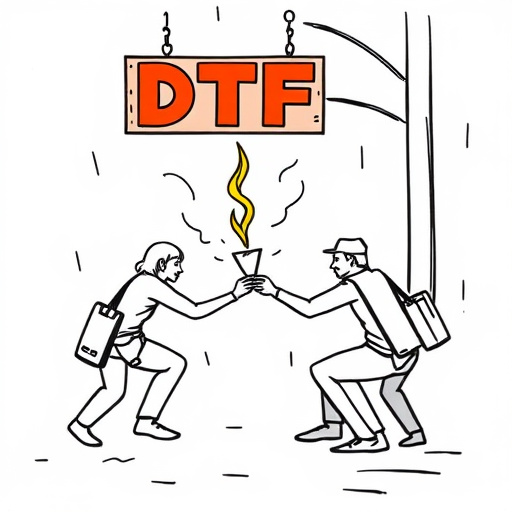
When designing your DTF Transfer Sheets, adhering to best practices ensures optimal results when applying them to materials like apparel. One crucial tip is to maintain a consistent and organized layout; this clarity aids in accurate cutting and placement during the transfer process. Use grid lines or guidelines as references for aligning designs, especially when combining multiple elements. This precision prevents misalignment, ensuring your custom DTF transfers accurately reflect your creative vision.
Another essential aspect is choosing the right resolution and file format. For high-quality DTFs, target a minimum of 300 DPI (dots per inch) to capture intricate details without pixelation. Vector formats like SVG or EPS are ideal for complex designs as they scale seamlessly, whereas raster images like PNG or JPEG are better for simple graphics. Balancing these considerations will guarantee that your final DTF transfer sheets deliver outstanding prints on apparel and other materials.
DTF Transfer Sheets offer a powerful tool for efficient data management, and by employing advanced layout techniques, you can maximize their potential. Through understanding the customization options and implementing best practices, your DTF sheets will become streamlined, user-friendly, and highly effective in facilitating data transfer processes. Enhance your workflow today by exploring these tips and unlocking the full capabilities of DTF Transfer Sheets.

